Spice Chronicles: A Zesty Journey Through South American Flavors
Why Should You Care About South American Spices?
Whether you're a culinary connoisseur or just looking to spice up your Tuesday night tacos, diving into South American flavors can transform your kitchen from bland to brilliant. In this blog post, we’ll take you on a flavorful adventure with:
- A handy list of must-have South American spices
- Cultural insights behind their use
- Pro tips to elevate your home cooking
- And a cheeky myth-busting moment about chili heat!
The Spice Cabinet of South America: A Visual Guide
| Spice/Ingredient | Origin | Main Use | Flavor Profile |
|---|---|---|---|
| Aji Amarillo | Peru | Sauces, stews, ceviche | Fruity, moderately spicy |
| Dorado (Annatto) | Mexico/South America | Rubbing meats, rice dishes | Earthy, nutty, slightly peppery |
| Culantro | Caribbean/South America | Pesto-like sauces, soups | Stronger than cilantro, citrusy |
| Urucum (Annatto Seeds) | Brazilian Amazon | Coloring oils, moqueca | Mild, slightly woody |
| Chicha de Jora | Andes | Traditional fermented drink | Earthy, tangy, mildly sweet |
5 Must-Have South American Spices for Your Kitchen
- Aji Peppers (Aji Panca, Aji Amarillo, etc.): The heartbeat of Andean cuisine. These are not just hot; they’re aromatic and complex.
- Annatto (Achiote): Used more for its golden hue and mild flavor than for heat, it’s a staple in Amazonian cooking.
- Culantro: Not to be confused with cilantro — this herb packs a punch and lasts longer in the fridge!
- Garlic Salt & Vinegar Mixtures: A common condiment across the continent, often called “ají” or “salsa criolla.”
- Cacao Nibs: Yes, chocolate in its rawest form! It adds depth to both savory and sweet dishes, especially in mole-style sauces.
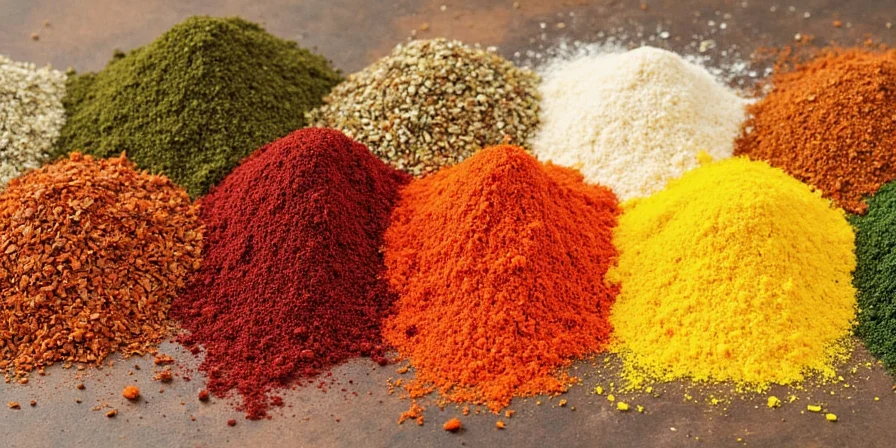
Quick Tips: How to Use South American Spices Like a Pro
- Toast annatto seeds before grinding them to unlock their color and aroma. Add them to oil for a beautiful red hue in rice dishes.
- Don’t skip the culantro! It holds up better than cilantro when cooked and brings that unmistakable Latin flair.
- Blend fresh aji peppers with lime juice, garlic, and salt for an instant sauce that elevates grilled meats, seafood, or even scrambled eggs.
- Use cacao nibs sparingly in meat marinades or mole pastes — a little goes a long way in creating a rich, smoky base.
- Store dried chilies in an airtight container away from sunlight to preserve potency for months.
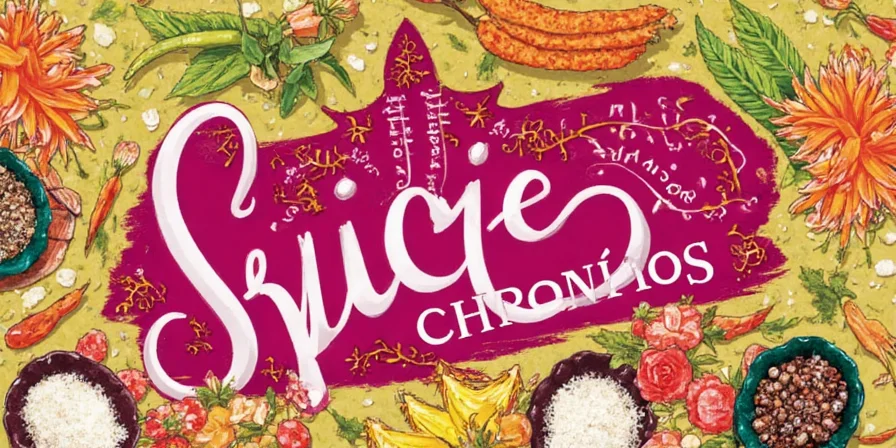
Behind the Heat: Cultural Roots of South American Spices
South American spice traditions didn't just come from nowhere — they were shaped by indigenous communities, colonial influences, and modern globalization. Let's dive a bit deeper into the cultural stories behind these spices:
- Incan Influence: The ancient Incas used aji peppers not only for flavor but also as currency and offerings to gods. Talk about value!
- Colonial Exchange: Spanish and Portuguese colonizers brought European herbs like parsley and oregano, which mixed beautifully with native ingredients to create new flavor profiles.
- Amazonian Secrets: Tribes in the rainforest have used urucum for body paint and food coloring for millennia. Today, chefs in São Paulo use it to give dishes a rustic glow.
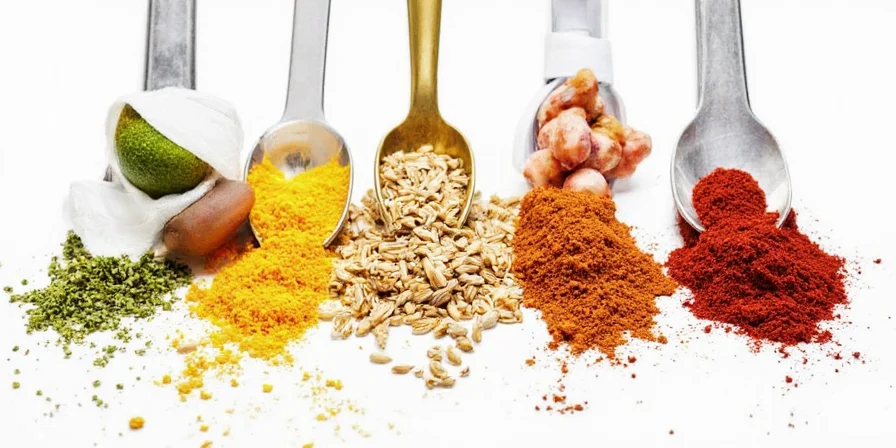
Spice Myth-Busting: Debunking the “More Heat = More Flavor” Fallacy
We’ve all seen those viral videos where someone tries a pepper so hot it makes them cry… literally. But here’s the truth:
Myth:
“The hotter the chili, the better the dish.”
Reality:
“It’s all about balance. Too much heat kills complexity. A good dish should sing, not scream.”
Take the Peruvian classic Lomo Saltado, for example. It uses soy sauce, vinegar, tomatoes, and just a hint of aji amarillo to create harmony between East Asian and Andean flavors — not chaos.
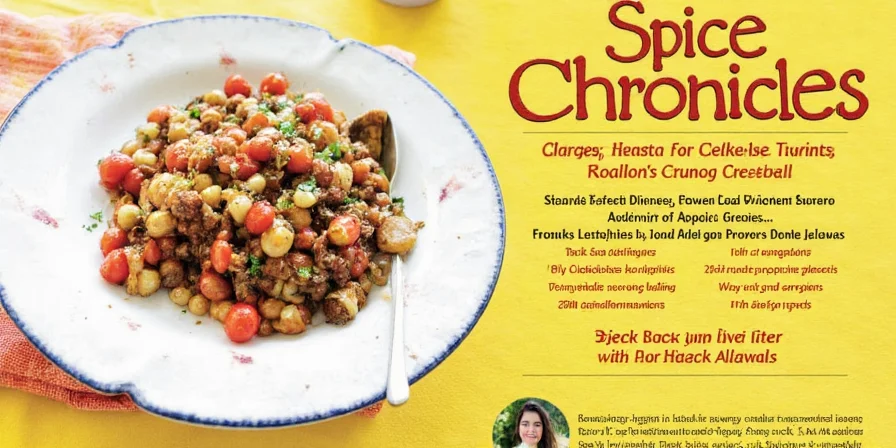
From Farm to Fork: Where to Find Authentic South American Spices
- Local Latin Markets: Check out bodegas or tiendas near you — many carry fresh or dried aji peppers, annatto seeds, and other regional items.
- Online Retailers: Websites like AmigoFoods or LatinMart offer spice kits and hard-to-find ingredients.
- Grow Your Own: If you live in a warm climate, try planting aji peppers or culantro in a sunny window or garden bed.
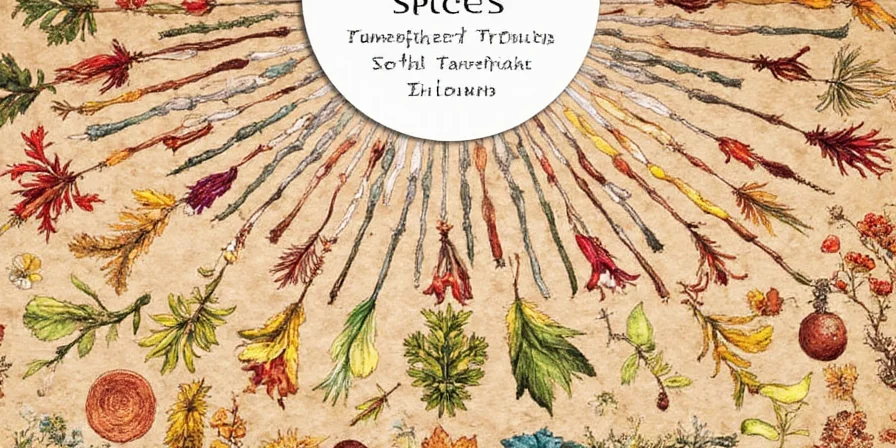
Conclusion: Embrace the Heat, Love the Culture
South American spices are more than just ingredients — they’re stories, traditions, and celebrations packed into tiny pods and powders. Whether you’re roasting a chicken rubbed with aji panca or drizzling annatto oil over a fresh ceviche, each bite connects you to generations of flavor lovers who came before you.
So go ahead — spice up your life the South American way. Because bland food is just sad food.

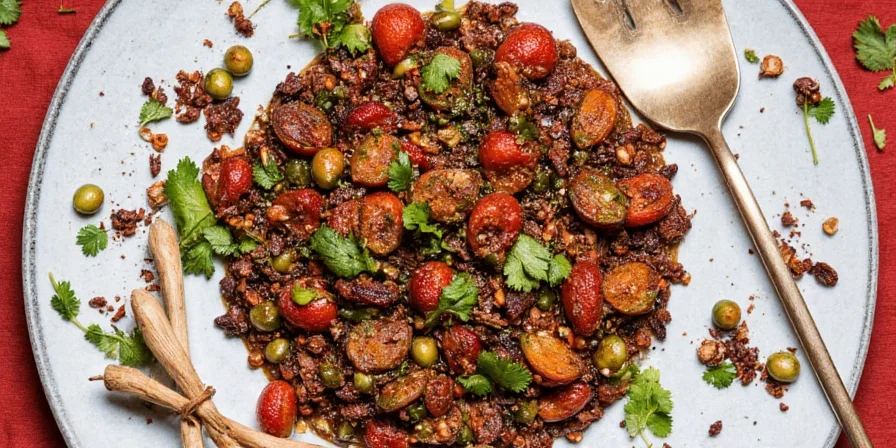









 浙公网安备
33010002000092号
浙公网安备
33010002000092号 浙B2-20120091-4
浙B2-20120091-4